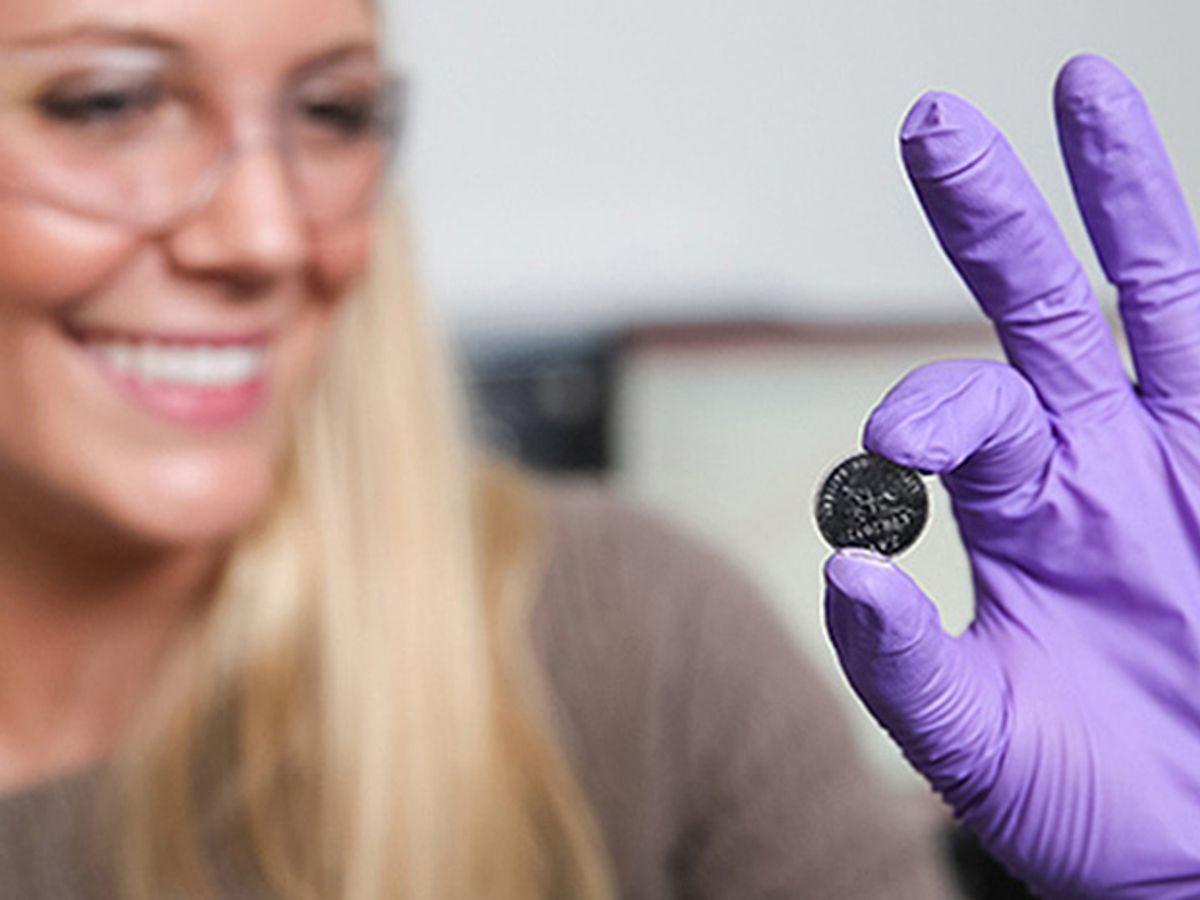Quantum dots have developed quite a reputation for themselves, in next-generation displays and photovoltaics. However, in the field of battery technology, they’re less heralded.
Nonetheless, research has shown that if you add quantum dots, which are semiconducting metal nanoparticles, to a lithium-ion (Li-ion) battery, it’s then possible to charge the battery completely in 30 seconds. While that sounds great, it turns out that this fast-charging trick can be executed for only a couple of cycles before the quantum dots start to interact with the electrolyte and it stops working.
Now researchers at Vanderbilt University have discovered a way to forestall that interaction by making the quantum dots out of iron pyrite, otherwise known as “fool’s gold”.
In research published in the journal ACS Nano, the Vanderbilt researchers added iron pyrite quantum dots of varying sizes to standard Li-ion button batteries like those used in watches. The results showed that they could achieve those fast recharging times with no negative effect on performance after dozens of cycles.
It turns out that fool’s gold is a material with a few tricks up it sleeve. Unlike other materials, iron pyrite changes its form, becoming an iron and a lithium-sulfur (or sodium sulfur) compound when it’s time to store energy.
“This is a different mechanism from how commercial lithium-ion batteries store charge,” said Anna Douglas, graduate student and co-author of the ACS Nano paper, in a press release. “Lithium inserts into a material during charging and is extracted while discharging—all the while leaving the material that stores the lithium mostly unchanged,” she explained.
Cary Pint, a professor of mechanical engineering, describes this unique mechanism using a pastry-based metaphor: “You can think of it like vanilla cake. Storing lithium or sodium in conventional battery materials is like pushing chocolate chips into the cake and then pulling the intact chips back out. With the interesting materials we’re studying, you put chocolate chips into vanilla cake and it changes into a chocolate cake with vanilla chips.”
Iron pyrite does not behave this way in its bulk form; it’s only possible on the nanoscale—ideally in nanoparticles 4.5 nanometers in size. The reason for this is that in the bulk form, the iron diffuses too slowly. However, if you shrink the size of the iron pyrite down to the nanoscale, the iron is closer to the surface and diffuses more quickly. With the iron rapidly diffused, the sulfur in the iron pyrite can more easily interact with the lithium or the sodium as the case may be.
“The batteries of tomorrow that can charge in seconds and discharge in days will not just use nanotechnology,” said Pint. “They will benefit from the development of new tools that will allow us to design nanostructures that can stand up to tens of thousands of cycles and possess energy storage capacities rivaling that of gasoline.” Pint and his colleagues feel that their breakthrough is a significant step in that direction.
Dexter Johnson is a contributing editor at IEEE Spectrum, with a focus on nanotechnology.



